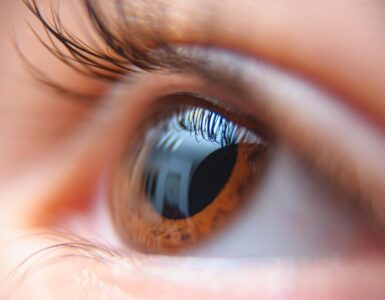Back pain, which can be dull and persistent, sharp, or disabling, can affect your normal functioning, mobility, and quality of life. Neck pain, which is pain that occurs in your neck’s cervical vertebrae, can have similar effects. Below, we review the cause, symptoms, and treatment options for these conditions as offered by an Albany neck and back specialist.
Causes of Back and Neck Pain
The neck is highly susceptible to injury due to its range of motion and location. The back is also equally important to the movement and can often bear the brunt of your daily activities. Beyond injury, however, these conditions can be caused by:
- Fractures or trauma
- Infection
- Smoking
- Improper use, strenuous activity, or overuse
- Joint problems like arthritis
- Obesity, which exerts increased weight on your spine
- Abnormal growths like bone spurs or tumors
- Pinched nerves or herniated discs
- Muscle and ligament tears, sprains, strains, spasms, or tension
- Osteoporosis
- Congenital abnormalities of the bones and vertebrae
Symptoms of Back and Neck Pain

Neck and back pain can be acute or chronic. Either way, they can be debilitating enough to affect your quality of life and ability to complete simple tasks. Common symptoms of neck and back pain include:
- Tingling below or above the knee or numbness in the leg
- A sharp, dull, or burning pain in your neck or back covering a large area or concentrated in one spot.
- Aches or stiffness along your spine
- A constant ache in your lower or middle back, especially after extended periods of sitting or standing.
- Sharp, radiating pain that shoots from your lower back to your buttocks, thighs, and toes.
Neck pain can also be accompanied by a dull ache or sharp pain in your neck, shoulder pain, headaches, and numbness or tingling in your arm. If your neck or back pain is accompanied by weakness in the legs and loss of bowel or bladder control, you should see a doctor immediately.
How Is Back Pain Treated?

Most doctors adopt a conservative approach to back pain in the beginning. After an evaluation of your symptoms, your doctor may put you on the:
- Steroid injections
- Ice or cold therapy
- Electrical stimulation therapy
- Manual manipulation
- Ultrasound therapy
- Therapeutic massage
- Heat treatments
- Back braces
- Platelet-rich plasma (PRP) therapy
If these treatments fail to alleviate your pain, you may require surgery.
How Is Neck Pain Treated?

When you visit a doctor complaining about neck pain, they will begin by evaluating your medical history and evaluating your neck, posture, range of motion, the health of joints and muscles, and more. They will then create a customized treatment regimen that may include:
- Ice and heat therapy
- Steroid injections
- Active and passive exercises
- Joint mobilization
- Body mechanics and ergonomic training
- Surgery, as a last resort
Did you know that neck pain is one of the five most disabling conditions in the United States, affecting between 10 and 20 percent of adults? Back pain is even more widespread and just as debilitating. If these conditions are affecting your quality of life, you don’t have to live with the pain. Contact the Albany office of Orthopaedic Associates to discuss your symptoms with the team there and start your journey to neck and back pain relief today.




























